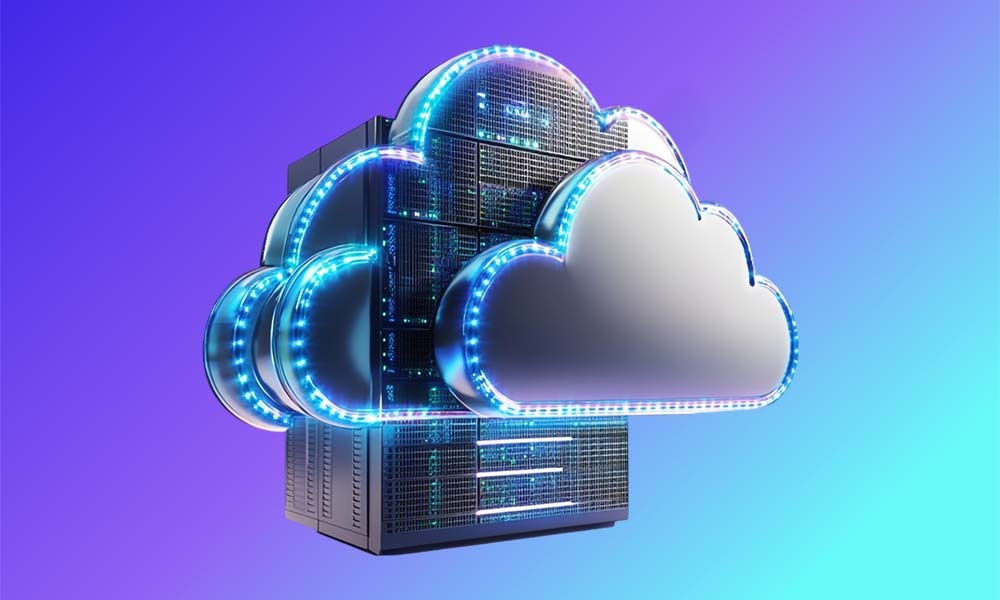Big Data vs Traditional Data Processing: What Modern Businesses Need to Know?

Around 402.7 million terabytes of data is created each day, and stats also show that the global data production is estimated to reach 181 zettabytes in 2025. For businesses and companies, this flood of data is not just about scale; it is about successfully analyzing the data and using its power to the full extent.
Before massive improvements in data processing and development, businesses used to work with traditional data processing. However, with time, the sheer amount, variety, and speed of data being generated intensified and outpaced the capabilities of traditional methods. This led businesses to start experimenting to discover better approaches to make informed decisions, personalize customer experiences, and gain a competitive edge. Thus came big data development.
Although several companies are still comfortable using traditional data for different reasons, we suggest shifting to big data software development to stay competitive. You can do so through big data application development services in USA, but we won’t force the matter. We will talk about the differences between big data and traditional data processing to help you understand the contrast and make a confident decision yourself.
Summary of Key Differences Between Traditional Data and Big Data Development
| Features | Traditional Data Processing | Big Data Processing |
| Data Type | Structured data | Structured, semi-structured, and unstructured data |
| Data Volume | Smaller data sets | Extremely large data sets and heaps of data |
| Data Velocity | Lower | High to very high |
| Processing Method | Batch processing | Batch, real-time, and stream processing |
| Scalability | Limited | Highly scalable |
| Database Type | Relational | NoSQL, Data Lakes |
| Analytics | Basic reporting and queries | Advanced analytics, reporting, and machine learning |
| Infrastructure | Single servers | Distributed computing clusters |
Traditional data processing is the oldest method in the book that most businesses are familiar with. It works well with structured data (neatly organized information into predefined tables), such as customer databases or a sales ledger. You can think of a spreadsheet to accurately understand this.
Characteristics of Traditional Data Processing
- Structured Data: It depends on a rigid schema. Data must be in a predetermined format.
- Relational Databases: Information is stored in relational database management systems such as Oracle or MySQL. They are reliable and good for transactional systems in which data integrity is essential.
- Batch Processing: The traditional method typically processes data in large batches at set intervals. Think of it like an end-of-day report.
- Vertical Scalability: If you want to process more data, it would require upgrading to more powerful hardware.
Traditional data processing was highly effective for a long time for operational and reporting needs. It provides a clear and reliable way to manage records. However, as the data generation started increasing massively, traditional ways became less and less effective.
What is Big Data Development?
Big data refers to databases that are too large or complex for traditional data processing. Big data application development is defined by the following 5 Vs:
- Volume: Massive amounts of data, often measured in terabytes, petabytes, or even exabytes.
- Velocity: Data generation is speedy and requires real-time processing, crucial for fraud detection or live market analysis.
- Variety: Varying sources and formats of data flowing in, which can be structured (like a database), semi-structured (like XML or JSON files), or unstructured (like text, images, or videos).
- Veracity: Often uncleaned or unreliable data. Big data systems have to handle data with varying degrees of quality and trustworthiness.
- Value: Extracting value from this data is the goal, which would then help businesses make better and innovative decisions, much faster.
This is a paradigm shift that requires big data development. This is not just about large databases; it is about new technologies and architectures.
Characteristics of Big Data Development
- Diverse Data Types Handling: Big data systems can handle structured, semi-structured, and unstructured data.
- Distributed Processing: Normally, distributed computing frameworks are required, like Hadoop and Spark.
- Real-Time Processing: Big data platforms can process data in real-time or near real-time to respond to events as they happen.
- Scalability and Flexibility: Designed to scale horizontally through the addition of more nodes to the cluster. It also enhances flexibility and cost-effectiveness.
- Advanced Analytics: Big data software development provides more than just regular reports. It enables more complex analytical techniques, such as machine learning, predictive modeling, and natural language processing.
How Can You Successfully Navigate The Transition With The Help Of Big Data Development Services?
For many businesses and companies, building an in-house big data system and maintaining it can be intimidating. This is where external help comes in. The available options are as follows:
- Big Data Application Development: Mostly, companies need powerful and reliable applications that can process big data and deliver actionable insights. Big data application development helps create and integrate custom software solutions, from real-time dashboards to predictive maintenance systems.
- Big Data Development Services: For robust work, it is best to collaborate with a big data app development company in USA. They offer a range of services, including consultation, strategy building, data pipeline creation, platform integration, and ongoing maintenance. This will allow you to focus on what matters while the company handles the technical data processing.
- Hiring Experts: A big challenge is finding the right talent. To develop secure and scalable systems, companies hire big data app developers in USA or work with a professional big data app development company in USA to get both pre- and post-service support. Moreover, you get knowledgeable developers who are experts in languages like Python, Scala, and Java, and skilled in frameworks like Spark and Kafka.
- Custom Solutions: The best big data application development services in USA can help design and implement a solution from scratch. Whether you want to optimize a supply chain, streamline data analysis, personalize the shopping experience of customers, or build a unified system with big data processing at its core, you can get a custom solution according to your business needs.
Final Takeaway
The choice between traditional data processing and big data development solutions is not always an either/or situation. There are companies that use both, using traditional ways for day-to-day operations, while using big data application development for future-proof initiatives.
However, if you look at the big picture, the world is steadily moving towards a big data future, and traditional methods are slowly becoming obsolete. History proves that businesses that fail to adapt struggle to maintain their position and inevitably get left behind. So, whether you are a solopreneur, establishing a startup company, or running a large enterprise, embracing big data development is not optional. It is a necessity to process the sheer amount of data being generated, understand the customers, scale faster, and prepare for the future.
You can do so by partnering up with a formidable mobile app development company like The Apptitude. Our experts can help you navigate the complexities of big data systems, find reliable options for your specific business needs, design custom solutions, and implement the system strategically for success. We not only help you read and process big data; we build infrastructure and applications to turn data into your greatest asset.

Source: Big Data vs Traditional Data Processing: What Modern Businesses Need to Know?



